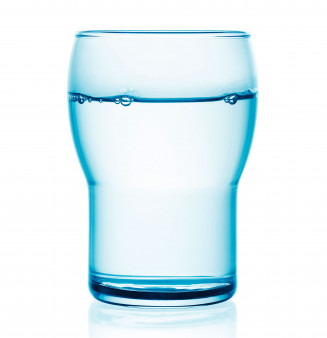The success rates of antiretroviral (ARV) medications have steadily improved, according to a systematic review of HIV treatment outcomes among 78,000 people with the virus who participated in 181 studies (divided into 354 treatment groups) between 1994 and 2017.
For virtually all treatment groups there were data on treatment efficacy, defined as the proportion of participants with a fully suppressed viral load, at week 48. Average 48-week efficacy was 57 percent in studies beginning between 1994 and 2000, 69 percent in those beginning between 2001 and 2005, 76 percent in those beginning between 2006 and 2010 and 84 percent in those beginning between 2011 and 2015.
The comparable respective efficacy rates at week 96 (41 percent of treatment groups reported data) for studies launched during these time periods were 52 percent, 61 percent, 65 percent and 80 percent. The comparable respective figures at week 144 (14 percent of groups reported data) were 45 percent, 55 percent, 72 percent and 77 percent.
“Most of the improvement since 2010 appears due to integrase inhibitor therapy, the single strongest predictor of greater efficacy,” says study author Andrew Carr, MD, a professor of medicine at the University of New South Wales in Australia, referring to the newer class of ARVs. “But even with an integrase inhibitor, initial [ARV treatment] fails in 25 percent of adults within three years, so the glass is only about three-quarters full.”







Comments
Comments